Increasing Vehicle Production
The automotive industry is witnessing a robust increase in vehicle production, which directly influences the Automotive Radiator Hose Market. As manufacturers ramp up production to meet consumer demand, the need for high-quality radiator hoses becomes paramount. In 2025, the production of passenger cars is projected to reach approximately 80 million units, indicating a significant rise from previous years. This surge in vehicle manufacturing necessitates a corresponding increase in the supply of automotive components, including radiator hoses. Consequently, the Automotive Radiator Hose Market is likely to experience substantial growth as automakers seek reliable suppliers to ensure the longevity and efficiency of their vehicles. Furthermore, the trend towards more complex engine designs may also drive demand for specialized radiator hoses, further enhancing market opportunities.
Growth of Aftermarket Services
The growth of aftermarket services is a notable driver for the Automotive Radiator Hose Market. As vehicles age, the demand for replacement parts, including radiator hoses, increases. The aftermarket segment is projected to grow at a compound annual growth rate of 7% through 2025, driven by the rising number of vehicles on the road and the increasing awareness of vehicle maintenance. This trend presents a lucrative opportunity for manufacturers and suppliers within the Automotive Radiator Hose Market, as they can cater to a growing customer base seeking quality replacement parts. Additionally, the rise of e-commerce platforms is facilitating easier access to aftermarket products, further propelling market growth.
Rising Environmental Regulations
Stringent environmental regulations are shaping the Automotive Radiator Hose Market, as manufacturers are compelled to adopt eco-friendly practices. Governments worldwide are implementing policies aimed at reducing emissions and promoting sustainability, which influences the materials used in automotive components. The shift towards biodegradable and recyclable materials in radiator hoses is becoming increasingly prevalent. In 2025, it is anticipated that the market for eco-friendly automotive parts will grow by over 15%, reflecting a broader trend towards sustainability. This regulatory landscape not only drives innovation in the Automotive Radiator Hose Market but also encourages manufacturers to invest in research and development to create products that comply with these regulations while maintaining performance standards.
Technological Advancements in Manufacturing
Technological advancements in manufacturing processes are significantly impacting the Automotive Radiator Hose Market. Innovations such as 3D printing and automated production lines are enhancing efficiency and precision in the production of radiator hoses. These technologies allow for the creation of complex designs that improve the performance and durability of hoses. In 2025, it is projected that the adoption of advanced manufacturing technologies will increase by 20%, leading to cost reductions and improved product quality. As manufacturers embrace these innovations, the Automotive Radiator Hose Market is likely to benefit from enhanced product offerings that meet the evolving needs of consumers and automotive manufacturers alike.
Consumer Preference for Quality and Durability
Consumer preference for quality and durability in automotive components is a significant driver of the Automotive Radiator Hose Market. As vehicle owners become more discerning, they increasingly seek high-performance radiator hoses that offer longevity and reliability. This trend is reflected in the growing demand for premium products, which are often perceived as more cost-effective in the long run. In 2025, it is estimated that the market for high-quality automotive parts will expand by approximately 10%, indicating a shift towards superior materials and manufacturing processes. Consequently, manufacturers in the Automotive Radiator Hose Market are likely to focus on enhancing product quality to meet these evolving consumer expectations, thereby fostering brand loyalty and repeat purchases.



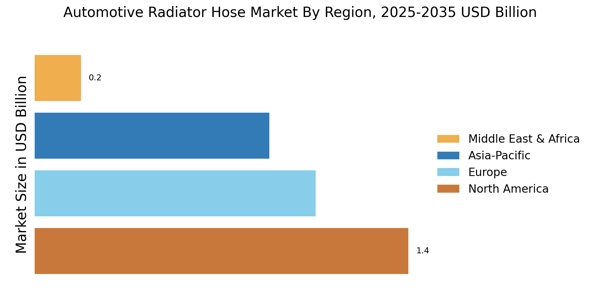

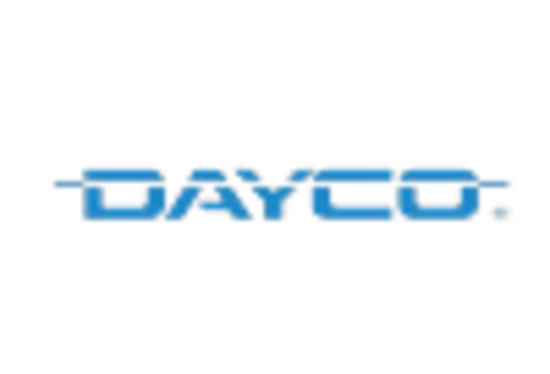
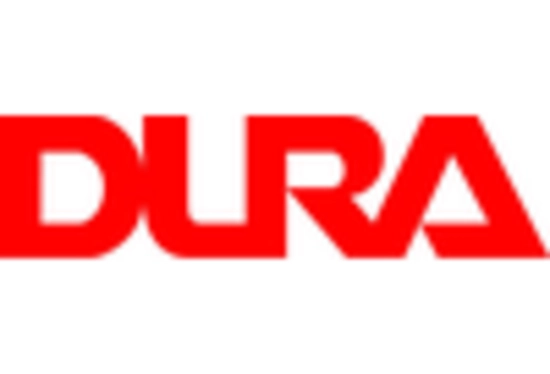
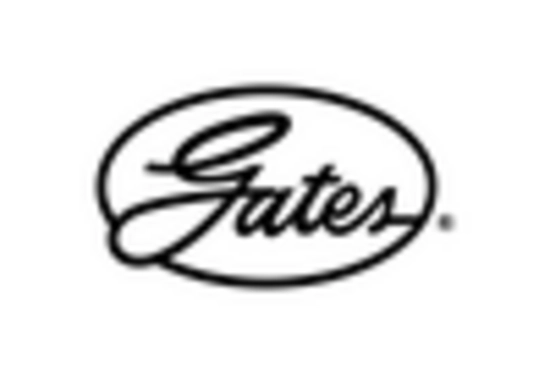
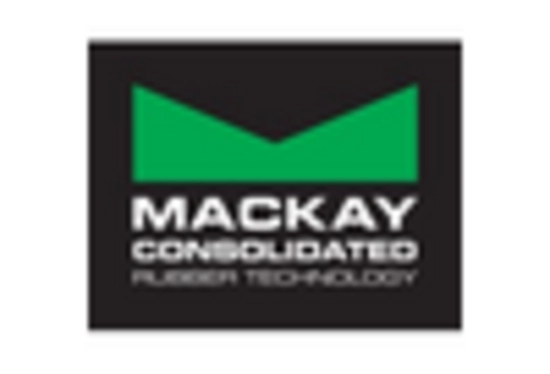









Leave a Comment